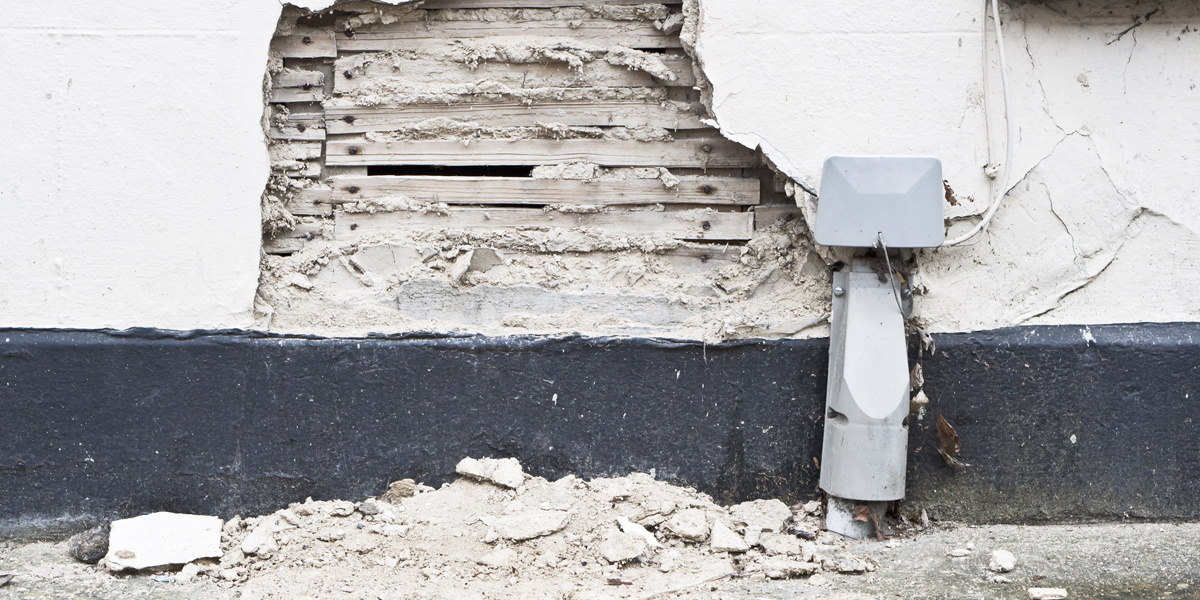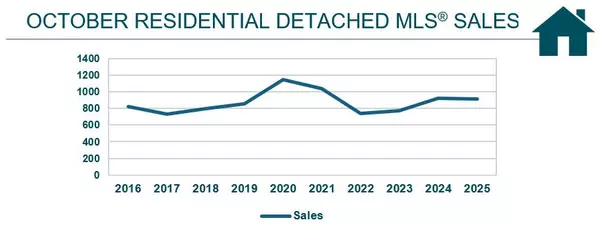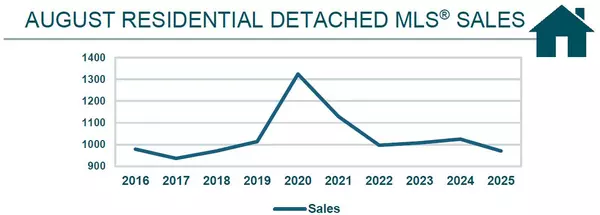Property Disclosure Statement or PDS in Manitoba Real Estate

Understanding Property Disclosure Statements in Manitoba - A Guide for Buyers and Sellers
When buying or selling a home in Manitoba, one of the most crucial tools for ensuring a smooth and transparent transaction is the Property Disclosure Statement (PDS). While often misunderstood or overlooked, this document plays a key role in protecting both parties and fostering trust in the real estate process.
What is a Property Disclosure Statement?
A Property Disclosure Statement is a legally binding document completed by the seller of a property. It outlines the condition of the home and discloses any known issues, defects, or past problems that could affect its value or livability. The purpose is to provide buyers with full transparency so they can make an informed decision. The PDS is the opportunity for sellers to disclose all known latent defects to their REALTOR® and all potential buyers.
In Winnipeg, and more broadly in Manitoba, the use of the PDS is voluntary for most residential sales but is highly encouraged by real estate professionals. It is commonly provided when a property is listed through a licensed REALTOR® and is available to all other Real Estate Agents who may have a client with interest in the property. .

What Does a Property Disclosure Statement Include?
A PDS covers a wide range of topics, including,
-
Age of roof, furnace, and other systems
-
Past or present water leakage in basement
-
Structural problems or foundation issues
-
Mould or pest infestations
-
Renovations or additions (and whether permits were obtained)
-
Known zoning or property boundary issues
-
Presence of knob-and-tube wiring or asbestos
How It Protects and Benefits Both Parties
Protection for Sellers
-
Limits liability - If the seller has disclosed all known issues honestly, they are less likely to be held liable after the sale for defects discovered later.
-
Demonstrates good faith - Completing a PDS signals the seller’s willingness to be open and cooperative, which can make the property more attractive to buyers.
-
Reduces negotiation issues - By addressing potential red flags upfront, a PDS can prevent disputes or deal-breakers late in the transaction.
Protection for Buyers
-
Informed decisions - Buyers gain valuable insight into the property's history, including issues related to water damage, electrical systems, heating, plumbing, or structural integrity.
-
Legal recourse - If the seller knowingly misrepresented or omitted crucial information, the buyer may have legal grounds for action.
-
Peace of mind - With a clear disclosure, buyers can proceed with greater confidence in their purchase.
Protection for Real Estate Agents
-
It provides documentation that supports ethical practice, reduces liability, and improves client satisfaction.

Types of Homes Where a PDS is Commonly Used
Different types of homes have specific reasoning for completing a PDS.
1. Residential Detached Homes
This is the most common property type where sellers complete a PDS. It includes single-family homes, bungalows, two-storeys, and other freestanding homes.
2. Residential Attached Homes
-
Townhouses
-
Duplexes, triplexes, and fourplexes (when sold as individual residences)
-
Row houses
Buyers of attached homes often request a PDS to better understand shared wall concerns, past water issues, or HVAC/electrical disclosures.
3. Condominiums
In Manitoba, sellers of condos may also complete a PDS, but with additional documentation such as,
-
Condo Disclosure Documents (e.g., reserve fund studies, financials, bylaws)
-
Status certificate (optional but recommended)
A PDS for condos typically covers unit-specific issues such as water leaks, renovations, appliance status, etc.
4. Rural and Acreage Properties
For rural homes and properties on well/septic systems, a PDS is especially valuable. It often includes,
-
Well water details (potability, flow tests)
-
Septic system maintenance and location
-
Utility sources and heating types (e.g., propane, electric, wood)
When a PDS Might Not Be Used
-
New home sales (builder-sold) - Often excluded as warranties apply
-
Estate sales or foreclosures - Seller may not have firsthand knowledge of the property
-
As-is sales - The seller may refuse to complete a PDS

Rules and Legal Context in Manitoba
-
Voluntary but recommended - In Manitoba, sellers are not legally required to provide a PDS, but real estate professionals will usually advise doing so to protect all parties involved.
-
Duty to disclose material latent defects - Even if no PDS is provided, Manitoba law requires sellers to disclose known material latent defects, issues that are not visible during a standard inspection and may render the property dangerous or unfit for habitation.
In Manitoba, the law distinguishes between
-
Latent defects - Hidden problems known to the seller. Sellers are legally required to disclose these.
Examples of Latent Defects
-
A cracked foundation hidden behind finished walls
-
Basement leaks that occur only during specific weather conditions
-
Faulty wiring inside walls that hasn’t caused issues yet, but poses a fire risk
-
Mould inside the drywall that hasn’t been disclosed or detected
-
Pest infestations (e.g., termites) behind walls or under floors
-
Hidden asbestos or undisclosed radon gas issues
-
-
Patent defects - Clearly visible or discoverable on a regular inspection. Sellers are not obligated to point these out.
Examples of Patent Defects
-
Cracks in walls or ceilings
-
Peeling paint or damaged flooring
-
Broken windows or missing shingles
-
Mold or water stains that are clearly visible
-
Exposed wiring
-
-
Misrepresentation penalties - If a seller intentionally withholds known problems, they can be sued for misrepresentation or breach of contract.

When Is a Property Disclosure Statement Presented?
The Property Disclosure Statement is typically presented early in the selling process, often at the time the property is listed for sale or shortly thereafter. Here's how the timeline usually works,
1. At Listing (Pre-Marketing Stage)
-
Most sellers complete the PDS when they list the property with a REALTOR®
-
It becomes part of the listing documents and may be made available to potential buyers who request further information or schedule a viewing.
2. Before or During Offer Negotiation
-
Interested buyers or their REALTOR® usually review the PDS before making an offer or during the due diligence period.
-
The buyer may request clarification or use the disclosed information to guide their offer price or conditions (e.g., request for repair, inspection, or price adjustment).
3. Before Final Acceptance
-
The seller’s signed PDS is typically attached to the Offer to Purchase as part of the documentation.
-
Buyers acknowledge receipt, often by signing or initialing the form, especially if it is referenced in the agreement.
Who Signs the Property Disclosure Statement?
The Seller
-
The seller (or sellers, if joint owners) completes and signs the Property Disclosure Statement.
-
By signing, they legally affirm that the answers are truthful to the best of their knowledge.
-
This signature is binding and can carry legal implications if the seller is found to have misrepresented or omitted known facts.
The Buyer (Optional)
-
The buyer may sign or initial the document to acknowledge receipt, but this does not mean they waive their rights or accept liability for any defects.
-
Buyer signatures are often included when the PDS is attached to the Offer to Purchase, serving as proof that they were given the opportunity to review it.
The Real Estate Agent (Sometimes)
-
In some brokerage forms, agents may sign as witnesses, or include the PDS as part of the standard listing paperwork, but their signatures are not legally required unless specified by the form being used.
Buyer Protection -What You Can Do
-
Hire a certified home inspector - They might catch signs of potential latent defects, though not guaranteed.
-
Ask questions - During the buying process, inquire specifically about past water issues, structural concerns, or repairs.
-
Review the PDS carefully - If one is provided, look for red flags or vague answers.
-
Include conditions in your offer - Such as home inspection or seller warranties.
Categories
Recent Posts










Leave a Reply
 REALTOR®
REALTOR®I became a REALTOR® because I truly enjoy helping people find the place that feels like home and because providing exceptional service during such an important moment in someone’s life is something I genuinely care about. Supporting sellers as they move on, move up, or move forward is just as meaningful, and being part of that transition is something I’m grateful to contribute to.
I make the buying or selling journey feel organized and approachable with clear communication and practical guidance. With an approach supported by market data, trends, and neighbourhood insights, you'll always understand what’s happening and how to make the most informed decisions.
Whether you’re buying your first home, selling a place filled with memories, or planning your next step, I’m here as someone who listens, shows up, and puts your goals at the centre of every decision. I'm focused on what serves you best.
I'm Tara Zacharias, a real estate salesperson located in the vibrant city of Winnipeg. Thanks for stopping by and taking the time to get to know me!+1(204) 293-0933 tara@tarazacharias.com330 St Mary Ave, Winnipeg, MB, R3C 3Z5, CAN
https://tarazacharias.com/
